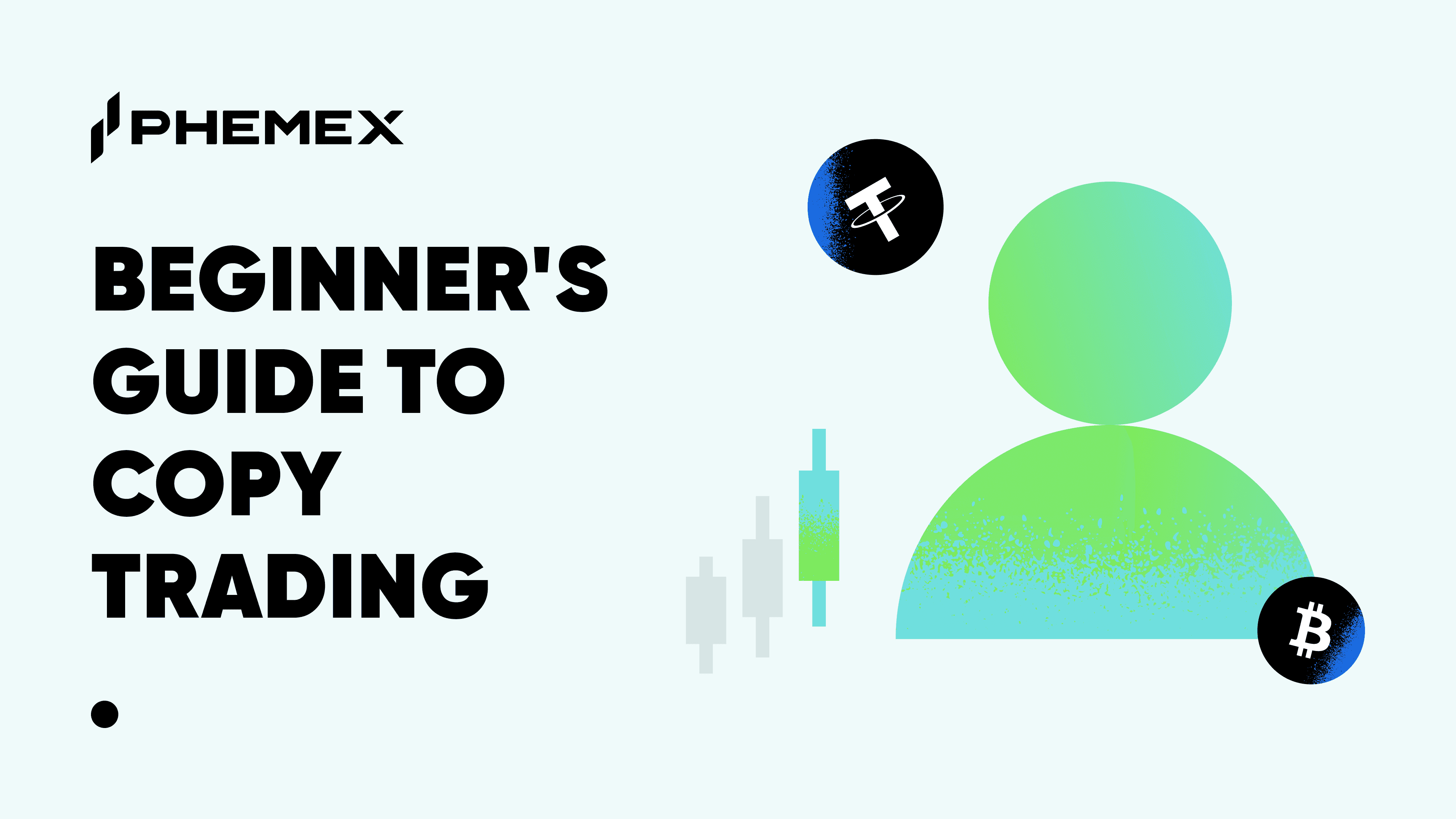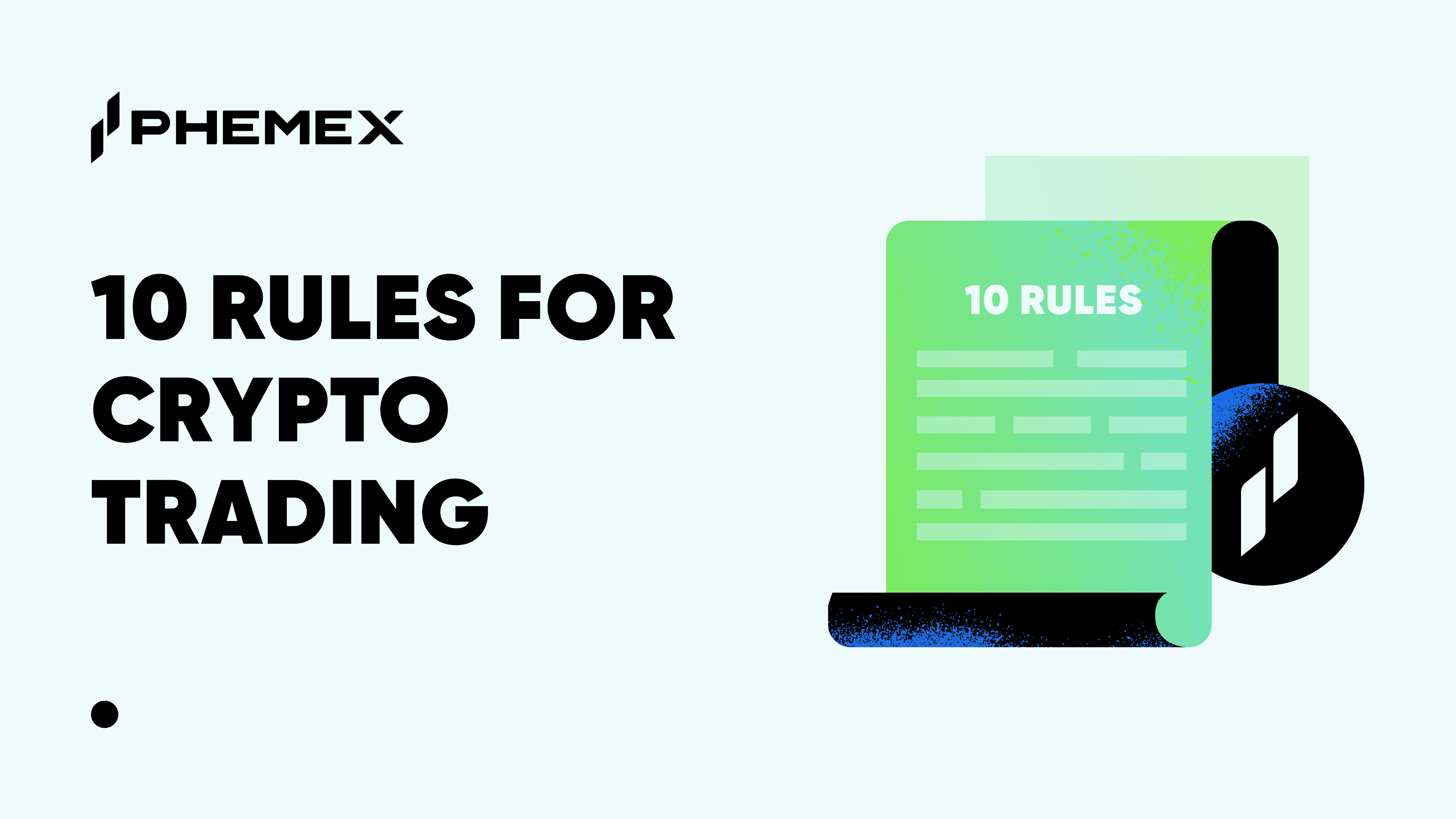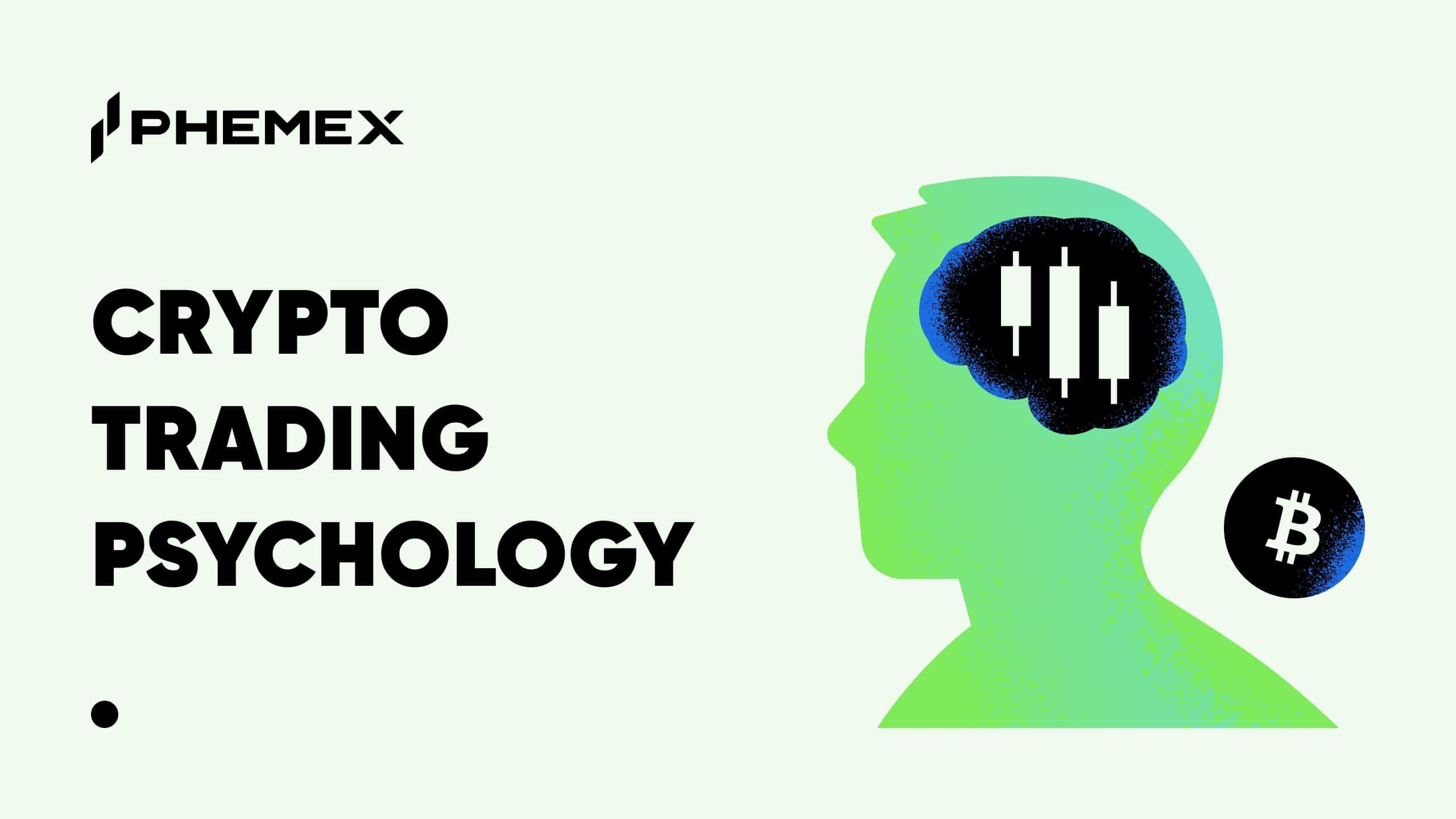A contract for difference (CFD) is a financial derivative that pays out the difference in the value of an asset from the time the contract is opened to the time it is closed. With CFDs, traders can speculate on the price movements of financial assets rather than the assets themselves, allowing the trader to maximize their leverage and take advantage of both rising and falling markets.

What Are CFDs (Contract For Differences)?
CFDs are instruments in which the buyer agrees to pay a designated price for an asset regardless of any future fluctuations in the price. CFDs essentially act as a guarantee to execute a trade at a certain price, protecting sellers against any volatile market movements while the trade is being executed. These instruments can be particularly useful in the crypto market, especially for proof-of-work coins where the price may move significantly within the time it takes to process a transaction on the blockchain.
CFDs can also serve as a profitable form of investment for the buyer, since if the value of the asset increases, the seller is still obligated to sell the asset at the original price. CFDs can be considered a form of zero-sum game, because if the seller profits, the buyer has to pay for the token at above market price. If the buyer profits, the seller receives a lower price than they would have if they just waited and sold the tokens on the open market.
What Is CFD Trading?
Spot trading involves the purchase and sale of assets such as shares, commodities, or crypto such as Bitcoin (BTC). Using crypto as an example, a trader purchases an amount of BTC, and then either profits or suffers a loss depending on the market price of the BTC when they decide to sell the asset.
With CFD trading, instead of buying or selling the underlying asset, the trader instead buys and sells a given quantity of CFDs. The exact instrument they buy depends on if they expect the price of the asset to rise (going long) or fall (going short). Throughout the entire duration of the trade from the point where the position is opened to when the position is closed, the trader never owns any amount of BTC.

Benefits of CFDs
The flexibility offered by CFDs have led to an explosion of popularity over recent years. The instrument has seen increasing adoption in the crypto space through centralized exchanges (CEXs) owing to the increased flexibility they offer in:
- Trading on margin: As CFDs are a leveraged product, traders only need to deposit (lock up) a small percentage of the total value of the trade to open a position. Compared with spot trades, CFDs allow traders greater flexibility in how they invest their capital while magnifying both gains and losses. Note that unlike spot trading, the trader will experience an immediate decrease in their initial position (reduced by the size of the spread).
- Going short: Using CFDs can make it significantly easier and cheaper to short sell an asset. While most other methods involve borrowing and then selling the asset, CFDs cut down on borrowing costs and interest as they are directly tied to the price movement instead of any underlying asset.
- Portfolio hedging: For traders that already own crypto assets, CFDs can be used to offset portfolio losses through short selling, an especially useful strategy for volatile markets such as crypto. For example, if the price of BTC is dropping while a trader holds $50,000 in BTC, they can use a BTC CFD to offset their portfolio losses without actually selling any of their held BTC. This hedging strategy allows the trader to protect their portfolio from risk in the short-term while waiting for the market downturn to reverse.
- Position sizing: While crypto trading typically allows traders to fine-tune their investments as much as possible, CFDs can still be used to create smaller positions of instruments (such as Futures) that would otherwise have predefined position sizes. This allows traders to further control for risk and execute more precise trading strategies.
- Taxation: As CFD trading does not involve ownership of the underlying asset, certain taxes (such as stamp duty) do not apply. As such, CFDs may be more cost efficient when it comes to taxation (depending on the country).

Risk of trading CFDs
Despite their advantages, traders should be aware of the inherent risks of trading CFDs:
- Counterparty risk: When trading CFDs, the counterparty is the provider of the issued CFD (typically a centralized exchange). This means that when opening a CFD position, the trader is also exposed to any of the provider’s counterparties (including any other client that is also trading CFDs). Should the CFD provider ever fail to meet their financial obligations, the risk is that the trader may find it difficult to settle their positions. As the both the CFD and crypto industries are much less tightly regulated than other financial services, traders should exercise proper due diligence in selecting an exchange to trade CFDs.
- Market risk: Though CFDs allow traders to magnify their returns, they also magnify any losses that may be incurred. Sudden changes to market conditions, especially in volatile markets such as crypto, can have a significant impact on the position. An unfavorable change in the price of the underlying asset may result in the CFD provider requesting additional margin. If the margin call is not met, the trader may have to sell at a loss or the provider may choose to forcibly liquidate the position.
- Client money risk: Money transferred by traders to the CFD provider may be pooled into one or more accounts. When a trader enters into a CFD with a provider, that provider charges an initial margin and may increase additional margin from the pooled account. If the other pooled accounts are unable to meet their margin calls, the CFD provider may withdraw from the pooled account, potentially affecting returns.
- Liquidity risks and gapping: If conditions result in not enough trades being made in the market for the underlying asset, the corresponding CFD may experience a lack of liquidity. Should this happen, the CFD provider may require more margin or force a closure of the position at unfavorable prices. The price of a CFD may also drop before the trade can be executed at the agreed price in a phenomenon known as gapping. Should this happen, the holder of an existing CFD contract would have to take suboptimal profits to cover any losses incurred by the CFD provider.
As with spot trading, traders can limit their exposure to risk by specifying a stop loss order that will close their CFD position once the underlying asset falls to a certain price. Traders can also lock in profits before the price reverses with a take profit order.
What Is an Example of a CFD Trade?
Suppose that Filecoin (FIL) is trading at a sell price of $39.99 and a buy price of $40.00. With the recent crash in the crypto market, Mark expects prices to trend upwards as the market recovers. Mark decides to take a long position by buying 1000 Filecoin CFDs at $40.00, the equivalent of buying 1000 FIL.
As CFDs are leveraged, Mark does not need to invest the full value of the coins. He only needs to contribute the margin, calculated by multiplying the exposure of the position by the margin factor set by the market. Assuming that FIL has a margin factor of 4%, then Mark would have to cover 4% of the total exposure (1000 x $40 = $40,000) x 0.04 = $1600.
Scenario A: Mark’s prediction is correct
The market reverses from the crash as Mark predicted. He decides to close his position when the value of the underlying asset (FIL) increases to a buy price of $42.01 and a sell price of $42.00. Mark’s profit is calculated by multiplying the difference between the closing price and opening price of his position by its size ($42.00 – $40.00 = $2). Multiplied by his position size (1000), Mark has made a total profit of $2000 before any associated commission fees and overnight funding charges.
Scenario B: Mark’s prediction is incorrect
The market continues its downturn at the expense of Mark’s position. He decides to cut his losses when the value of the underlying asset decreases to a buy price of $39.00. As Mark’s position has moved $1 into the red, he suffers a loss of $1000 before any associated commission fees and overnight funding charges.
Conclusion
CFDs are a powerful instrument that provide traders with increased flexibility in the market through shorting, hedging their portfolios, and fine-tuning their positions. Unlike spot trading, the value of a CFD is not based on the value of the underlying asset, but rather the movement in price from when the position is opened to when it is closed.
Traders can use CFDs to take a much larger position in the underlying asset than they would be able through directly purchasing that asset or other trading methods. This creates the potential for significantly magnified gains at the cost of a much greater potential for losses. Traders should only consider using CFDs as part of their trading strategy once they’ve adequately studied their complex mechanics and performed the necessary due diligence on both the asset and CFD provider.
Read More
- What is Contract Trading: How to Trade Crypto Derivatives on Phemex
- What is Contract Trading in Crypto & How does it Work?
- How To Trade Crypto: The Ultimate Investing Guide
- Crypto Trading vs. Investing: Key Differences Explained
- What are Crypto Derivatives & How do they Work?
- Call vs Put Options Explained: What’s The Difference?
- What are Crypto Options & How do They Work?
- What are Crypto Futures & How do They Work?









